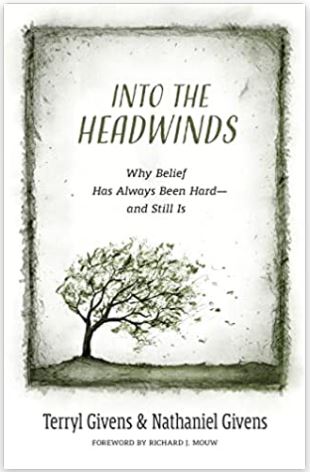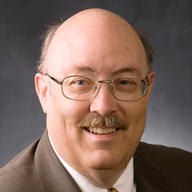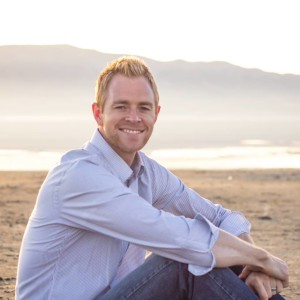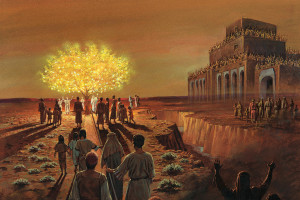Podcast: Download (61.0MB)
Subscribe: RSS
Alma contended with Korihor & led a mission to reclaim the Zoramites
(Alma 30–35)
by Mike Parker
(Mike Parker is a long-time FAIR member who has graciously allowed us to use materials he originally prepared for the Hurricane Utah Adult Religion Class. The scripture passages covered in his lessons don’t conform exactly to the Come, Follow Me reading schedule, so they will be shared here where they fit best. This post will cover the content for the next two weeks.)
Class Notes [Read more…] about Come, Follow Me with FAIR – Alma 30-35 – Mike Parker






